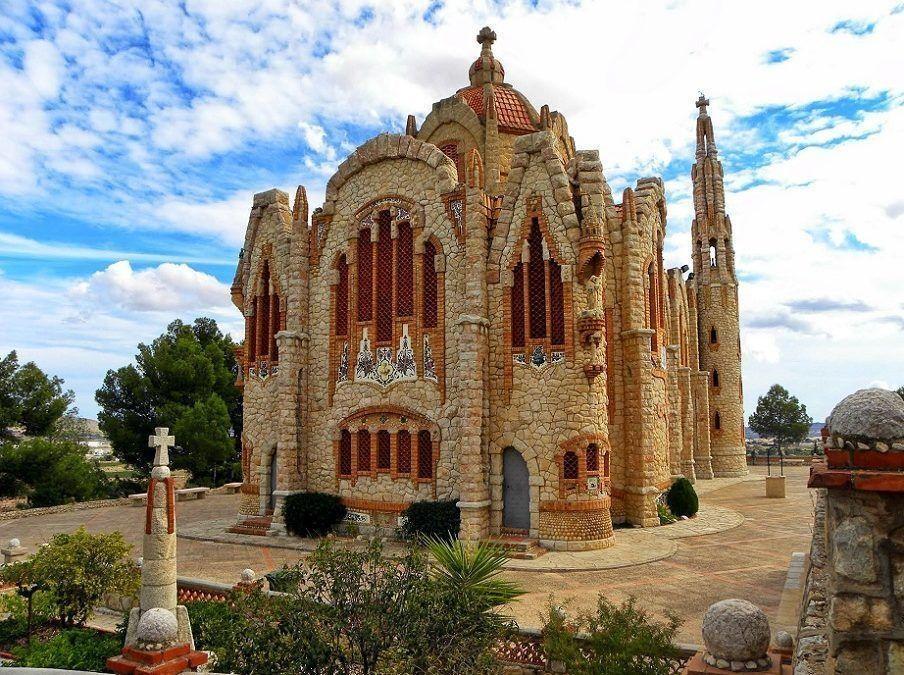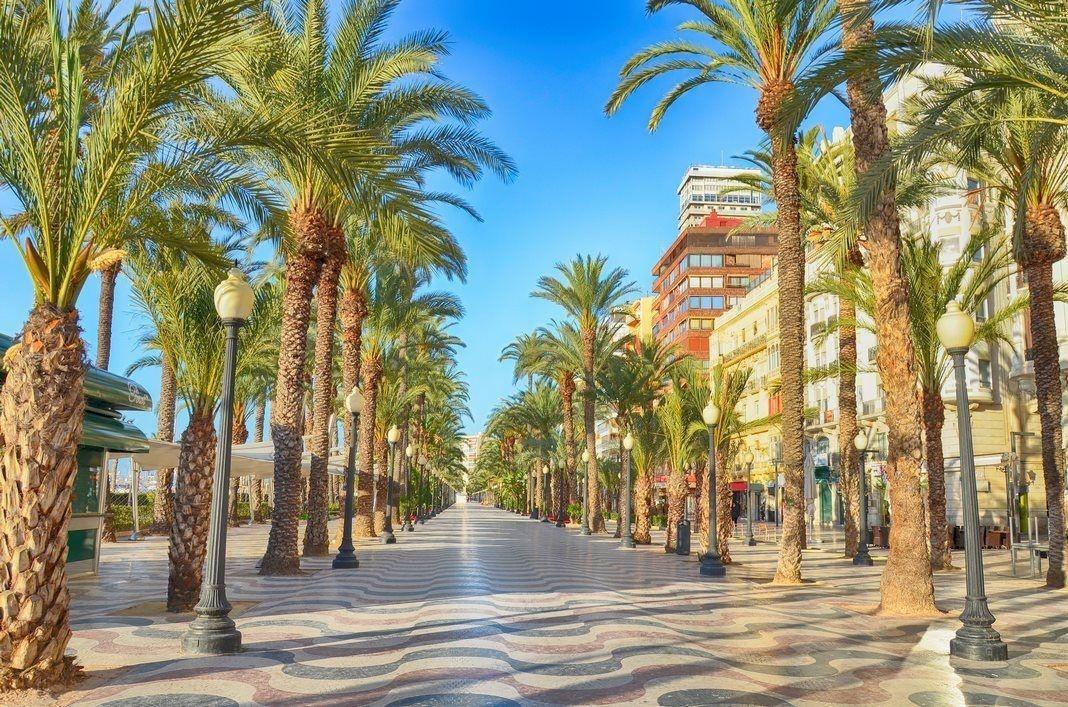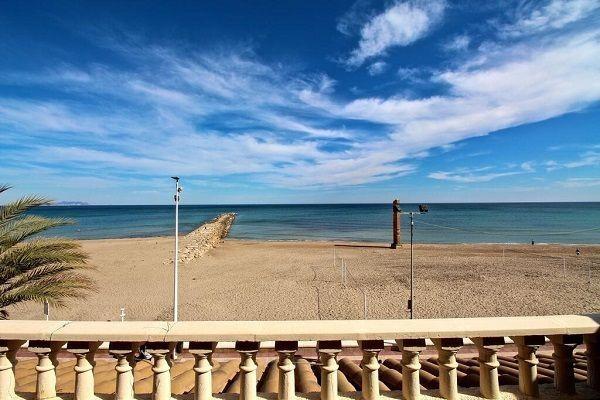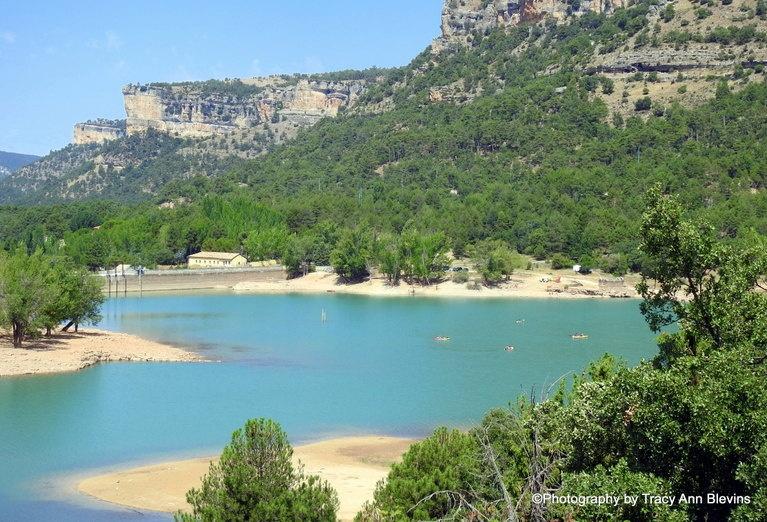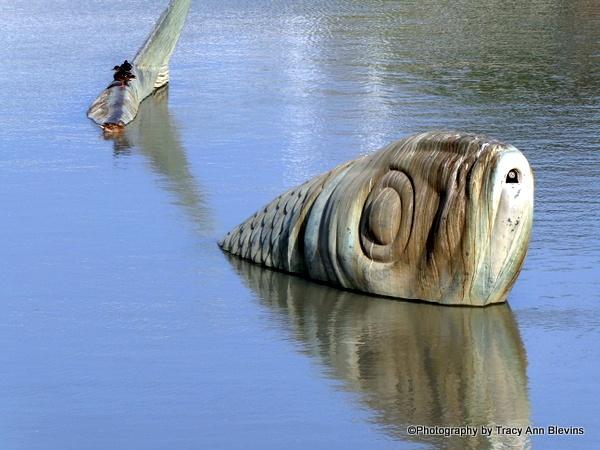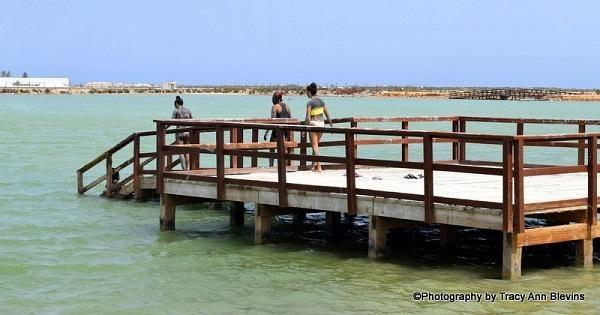
The famous Lo Pagan mud baths known as Las Charcas de las Salinas or Baños de lodo (mud baths), are situated just past, San Pedro del Pinatar, on the North bank of the Mar Menor (Small Sea) in the province of Murcia.
These therapeutic mud baths are located in the natural saltwater lagoons of the Salinas y Arenales de San Pedro del Pinatar Regional Park (a protected wetland known for its rich biodiversity and large bird population). These lagoons are known for their high salt and mineral content, which contributes to the healing properties of the mud.
Beginning at the small beach and old windmill, the mud baths stretch along the Punta del Algas headland. The mud baths themselves are separated from the rest of the Mar Menor by a small, paved strip of land and can be accessed from special wooden stations positioned along the water.
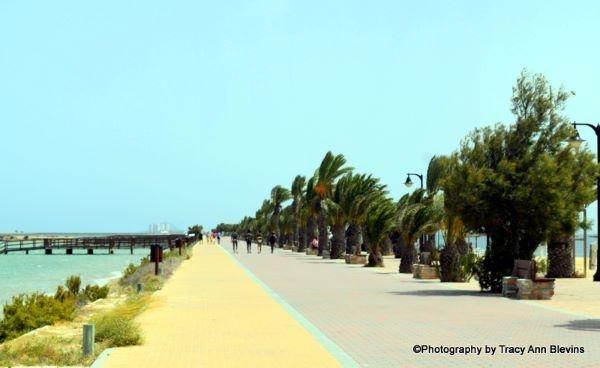
The mud in these lagoons is rich in minerals like magnesium, calcium, and potassium, among others. These minerals are believed to have various benefits for the skin and body.
Many people visit the Lo Pagan mud baths to enjoy the natural exfoliating and detoxifying effects of the mud, as well as its potential to alleviate certain skin conditions and joint problems such as arthritis as the deep heat helps, they are also good for people with a lot of stress as the warmth takes the stress of your body.
For those suffering from skin conditions such as eczema the mud is very good. Although be careful of the graininess of the mud.
In the past the mud Baths were known as a fountain of youth as when the mud is drying the skin stretches and hereby reduces wrinkles.
The best time to visit - Lo Pagan, enjoys a Mediterranean climate characterised by hot summers and mild winters. The best time to visit Las Charcas de las Salinas is during the spring (April to June) and autumn (September to October) seasons when the weather is pleasant and temperatures are not extremely high. During these times, you can comfortably enjoy the mud baths and explore the surrounding area without the peak summer crowds. It is even possible to visit the Mud baths in the Winter as only the surface water can be a little bit cold and the mud will still be quite warm.
Lo Pagan Mud Baths

Finding and applying the mud
Walk along the promenade and select one of many wooden platforms/jetties to enter the “mud” You can enter directly from the shore, don’t be disappointed if you don’t feel any mud straight away, just walk a little bit further and you will find lots of mud and heat zones. The mud is warm, very warm making the water itself feel cool.
Tip - Bring a plastic container or a child's bucket and spade. so you can scoop the mud for application and a sponge to help remove it.
It is recommended that you do a patch test first, place a small amount of mud on a small area of skin, allow it to dry and wash it off, if you have no skin reactions you can then use your container to scoop up the mud and cover yourself in it, then sit or do the mud walk for 20 - 30 minutes until the mud is dry.
Tip - Make sure one person in your party keeps their hands mud free, so you can take loads of photos.
Warnings - The water doesn’t really smell, but the mud itself has quite a distinct sulfur, rotten egg smell, which you will soon get used to.
Your bathing suits will get quite black, so do not wear your best swim wear and use old towels.
Local legend dictates that the best way to maximize the benefits of the mud is to walk three kilometers to the Molino de la Calcetera Lighthouse, most choose to lounge by the lagoon and enjoy the views before washing off.
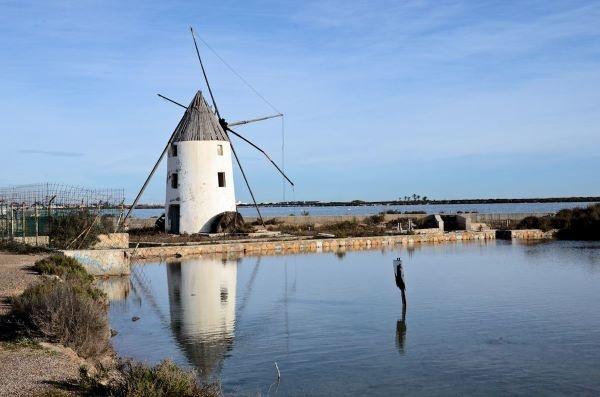
The rinsing - Go back into the water, and really wipe and scrub the mud off, it will not just wash away easily, this is where the sponge helps.
Then enjoy a swim in the Mar Menor on the opposite side of the promenade.
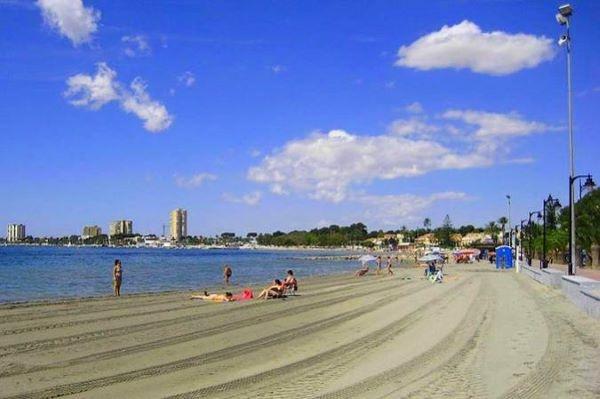
It's important to note that while many people find mud baths enjoyable and beneficial, individual experiences may vary. If you have any specific health concerns or conditions, it's advisable to consult with a healthcare professional before engaging in any therapeutic treatments.
There's a selection of nearby bars and restaurants to enjoy food and refreshments.
In addition to the mud baths, the Salinas y Arenales de San Pedro del Pinatar Regional Park offers other attractions, such as walking and cycling trails that allow visitors to explore the natural beauty of the area, including the salt flats and sand dunes. You can also find information centers within the park that provide educational information about the local ecosystem.
The lagoons are home to a diverse range of flora and fauna, including various bird species including flamingos.
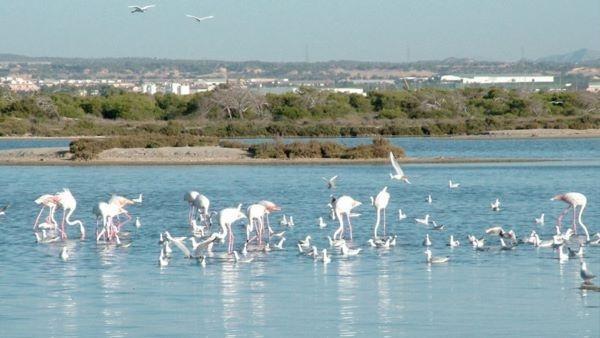
Birdwatchers often visit the area to observe migratory birds, especially during the spring and autumn seasons.
Lo Pagan itself has a beautiful beach, boulevard and small marina and some great little tapas bars, specialites in the area are salted tuna, gray mullet and Mar Menor prawns, the star dish to look out for is caldero, which is similar to a Valencian Paella.
Getting to the Mud baths from Benidorm
Sadly this area is quite difficult to get to from Benidorm and there are no regular excursions, the easiest way would be to hire a car.
Car - Driving distance from Benidorm is around 133km and would take about an hour and a half, they are easy to reach via the AP-7 (take exit for San Pedro del Pinitar ) or just follow the N 332 in the direction of San Pedro del Pinitar and at the roundabout take the exit to Lo Pagan.
Access to Las Charcas is FREE, and there is parking available nearby, however, the parking areas fill up early, especially during the summer months.
Bus - It is possible to get to Lo Pagan by bus from Benidorm - Bus from Benidorm to Murcia 1hr 45 mins, 12 - 28€, Murcia to Lo Pagan 1hr 20 mins, 4 to 13€ and then a 16 minute walk to the mud baths themselves.
or Bus from Benidorm to Alicante 45 mins, 7 - 11€, then bus to Pillar de la Horadada 2hrs 35 mins 5 - 7€ then bus from Pillar to Lo Pagan 10 mins 1€ and again walk to the mud baths.
Tram, Train and Bus - Tram from Benidorm to Alicante (Luceros) 1hr 16 mins, 3 - 6€, 6 mins walk to Alicante Termino to Balsicas-San Javier 11 - 16€, catch the bus at Balsicas-San Javier to Lo Pagan 29mins 1 - 3€, the mud baths are a 16 minute walk from the bus station.
The Mar Menor is the largest saltwater lagoon in Europe. It is approximately 170 square kilometers (66 square miles) in size, with a length of approximately 21 kilometers (13 miles) and a maximum width of 13 kilometers (8 miles). The lagoon is separated from the Mediterranean Sea by a narrow strip of land known as La Manga.
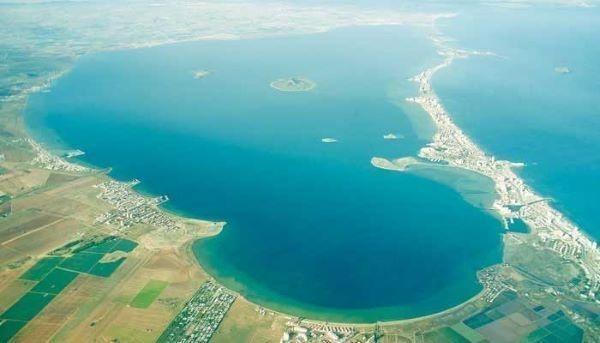
The Mar Menor's water has a high salt concentration, making it noticeably saltier than the nearby Mediterranean Sea. The lagoon is fed by several rivers and natural springs, and its shallow depth helps maintain the warm water temperature, especially during the summer months. The salinity and warm water make it a unique environment with its own ecosystem.
The Mar Menor's coastline features sandy beaches that are popular among tourists and locals. The warm, calm, and shallow waters of the lagoon make it suitable for swimming, water sports, and leisure activities. The area around the Mar Menor is also known for its tourist resorts, hotels, and restaurants.
Find lots of other places to visit in this section of the website.
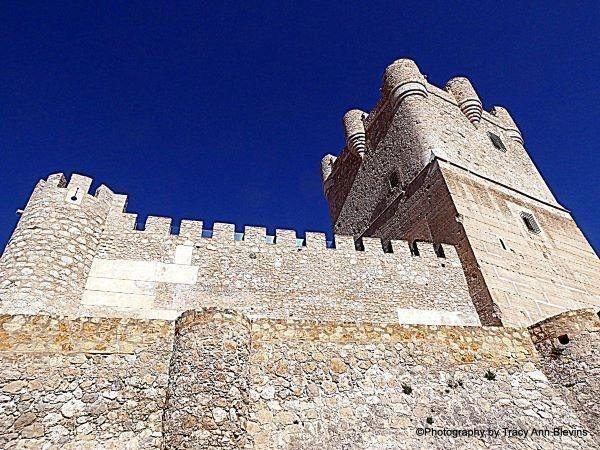
All about Villena - Costa Blanca
All about Villena which is pronounced the same as "Vienna" by some local Valencians or "Bienna". Villena is a medium-sized city in the province of Alicante (Northwest) and part of the Valencian Community, 95km from Benidorm. It is the capital of the comarca of the Alto Vinalopó.
Villena is the birthplace of the composer Ruperto Chapí.
Anyone driving past on the Madrid-Alicante autovía cannot help but notice the 12th-century castle towering majestically over the town.
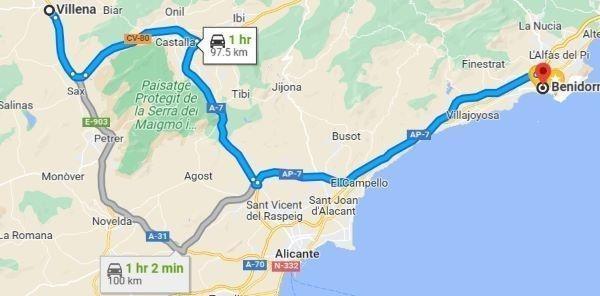
The main sites to see here are:-
Castle of la Atalaya, built by the Moors in the 11th century
Tall and stately, the three storeys of Villena castle rise up proudly from the top of Mount San Cristobal, overlooking the capital of the region.
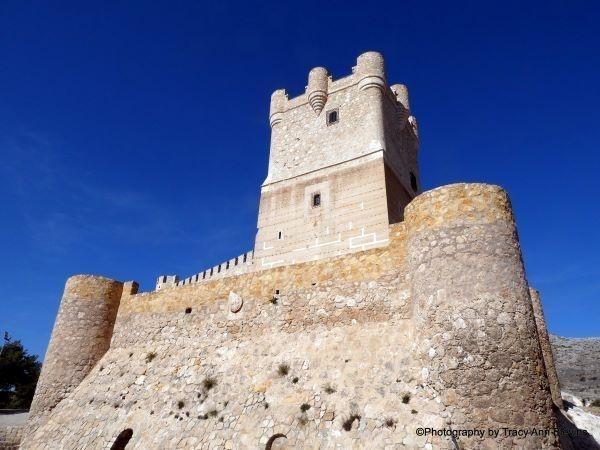
This is the largest castle on the Vinalopo Castle Route and one of the most impressive in the Province of Alicante. The name means vantage point or Castle of the Watch, also known as the Castle of the Pies Negros ('black feet') or simply Villena Castle, and has a total of 12 turrets along the outer fortress walls. This is a sturdy military building of Arab origin, It has no moat, and is built with a double walled enclosure.
All about Villena
Due to its great historical value and unique qualities, the castle was declared a "Historical Artistic Monument" in 1931. Restoration and archaeological excavations began in 1958 and continued on and off until 1990.
The outer wall is reinforced with twelve turrets along the outer fortress walls. The inner wall, which is taller, contains the imposing keep located at the southeast.
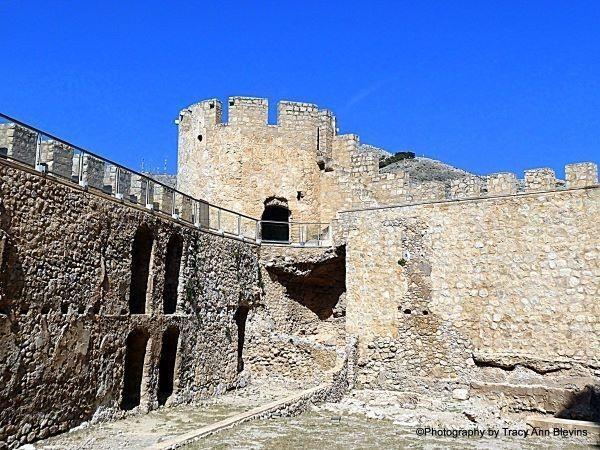
The tower has a square floor plan and is divided into four sections; the two lower sections are built of Almohad masonry, and the two upper levels of stonework.

The first floor conserves the traditional Almohad star-shaped ribbed vault, which makes it practically unique among Hispanic military architecture. It is topped with cantilevered turrets on the corners and sides.
Entrance fee - Normal price: 3.00€, reduced price: 1,50€ (groups, students, 65+) children under 7: FREE
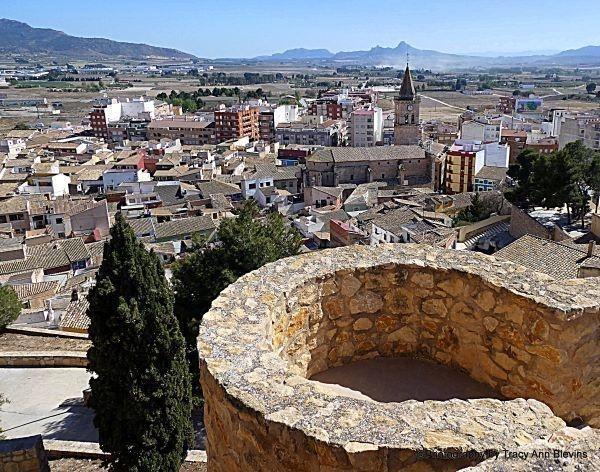
Opening Hours
Tuesday to Sunday 10:00 to 14:00 guided tours upon reservation at: 10:30, 11:30 and 12:30.
Tuesday to Saturday. Open from 16:00 to 18:00 Guided tour upon reservation at 16:30.
Closed: Monday all day and Sunday afternoons and holidays.
All about Villena
Municipal Palace (Town Hall) - Pl. de Santiago, nº 2
Built by Pedro de Medina at the beginning of the XVI century as a place of residence for the magisterial beneficiaries of the Temple of Santiago (abbey house), it was transferred in 1576 by the ecclesiastical town council, and acquired by the City Council for Casas Consistoriales, or a town hall.
The importance of the building is due to its Renaissance character, clearly seen on the façade, in two of its windows and in the double gallery patio with built-in staircase.
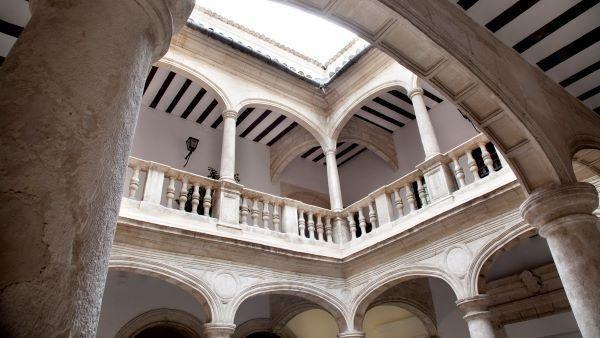
Its construction is attributed to Jacobo Florentino, a sculptor who had worked with Michelangelo in Florence, and after working in Granada and Murcia, died in Villena in 1526
In the middle of the 20th century, the upper part of the façade was enlarged, and the patio was also restored. The Municipal Palace of Villena was declared a Nacional Artistic Historical Monument in 1968.
Open Monday to Friday 09:00 to 14:00, Saturday, Sunday and Fiesta Days from 11:00 to 14:00
Santiago Church - Plaza de Santiago - Suitable for people with reduced mobility.
The construction of the archdeacon's church of Santiago dates from the 13th century. At the end of the 15th century, work was begun under the patronage of the Medina family to extend the church. These were concluded in the 16th century and involved the introduction of some of the church's most noteworthy Renaissance elements, such as the doorway into the sacristy, the chapter room and the baptismal font.
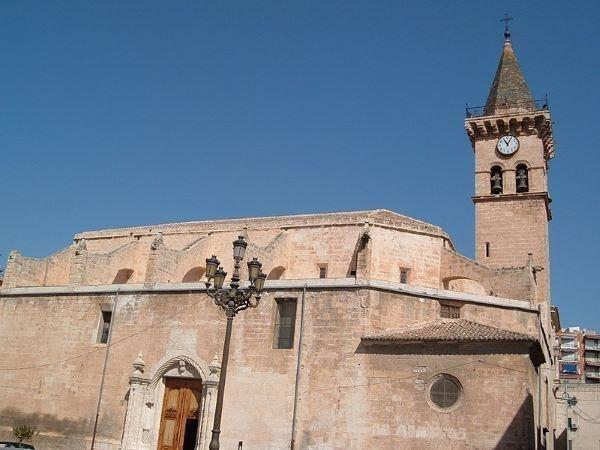
It is one of the most important Gothic-Renaissance sites in the Region of Valencia. Its floor plan has three naves, and there is a beautiful baptismal font in the interior. It was declared a National Historic-Artistic Monument in 1931.
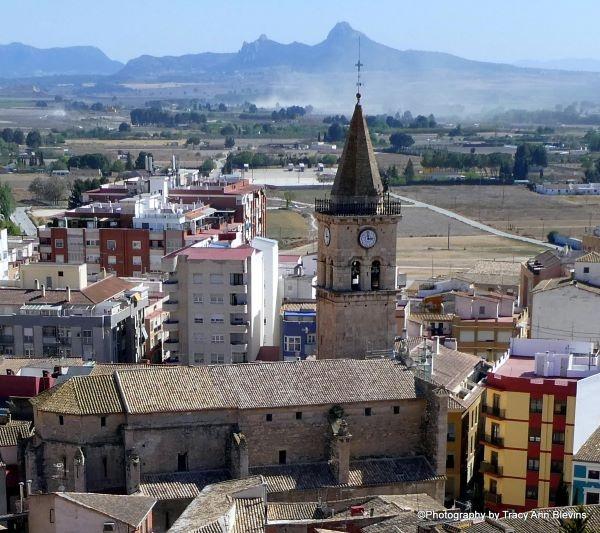
Open for worship (free entrance): Monday to Thursday from 11:00h to 12:00h.
Masses from Monday to Saturday at 8:30h and 20:00h. Sundays and holy days at 8:30h, 12:00 and 20:00h.
Guided tours: Opening hours and tours from the Tourist Info Office in Villena, in Plaza de Santiago (next to the church)
From Tuesday to Saturday at 12:00 h and 13:15 h (duration 30 min).
On 25th December, 1st January and 6th January the guided tour will not be available due to holidays.
Price: 1€ (0.50€ with discount)
Santa Maria Church - Plaza Sta. María, 10
This church was built in the XVI century on the old Muslim mosque of Villena, at which time it became the church of El Rabal, the suburb outside the medieval walls of Villena.
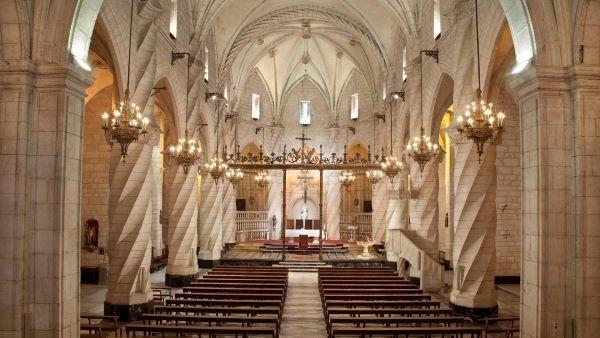
The church consists of a single nave with a gothic ribbed vault supported by arches with Renaissance reliefs
The beautiful main façade stands out, framed by a baroque doorway that houses the Virgin of the Assumption in a niche. The church is declared a site of local relevance.
Villena Archaeological Museum- currently CLOSED due to being relocated.
Founded by archaeologist José María Soler García, which contains the Treasure of Villena.
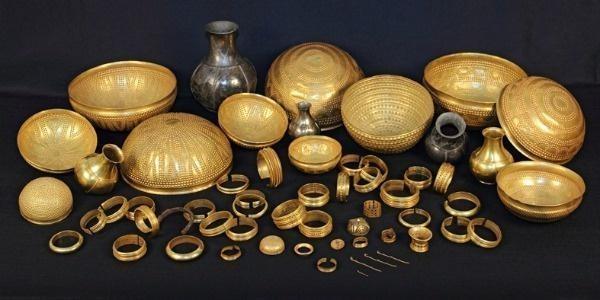
The Treasure of Villena is the largest Bronze Age treasure hoard ever found on the Iberian Peninsula, and the second-largest ever found in Europe (the largest being Royal Graves hoard found in Mycenae, Greece). It consists of 59 items of various precious materials, such as gold, silver, iron, and amber. The entire hoard weighs almost 10 kg. The gold objects—which comprise about 90% of the collection—are made of 23.5 carat gold and include eleven bowls, three bottles, and 28 bracelets.
Getting to Villena
The easiest way is by car, but Alicante, Alcoy, and Elche have bus lines that connect to the town. Villena has a train station that connects to Alicante, Murcia, and Valencia. There is also a station on the high-speed AVE train between Alicante and Madrid. However, this station is situated quite a distance outside of the town so you would need a taxi to reach the town centre.
Whilst in this area visit Biar which also has an impressive castle and is also on the Vinalopocastle Route.
If coming from Benidorm/Alicante direction you could also visit Jijona castle and Turron Museum.
Find other places to visit on the Costa Blanca and beyond here.
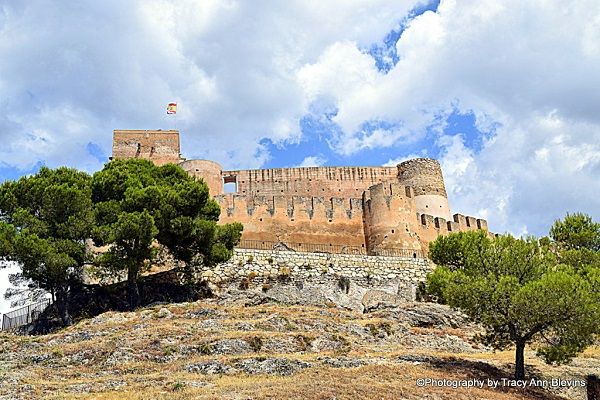
All about BIAR - Costa Blanca
All about Biar - The town of Biar is situated 39km from Alicante and 82km from Benidorm, located in the “ Sierra Mariola” mountain range in the province of Alicante. Biar is known for its production of dolls, blankets, forged metal goods and pottery.
Biar was called Apiarum by the Romans, which meant ‘Beehive’, during Roman times it was a major producer of honey, but the origins of the name have long been questioned as in Arabic the word ‘Apiarum’ means ‘Place of Springs.’
The one thing you can not miss as you approach Biar from any direction is the impressive 12th century castle which majestically overlooks this quaint town, the castle is part of the Vinalopo Castle Route.
Step back in time and pay a visit Biar.
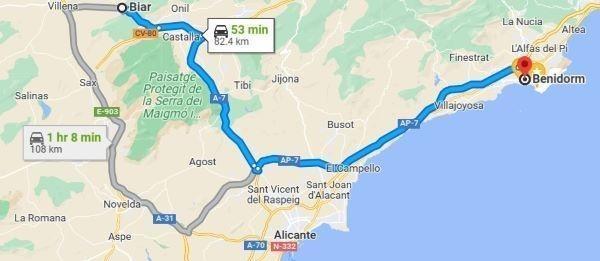
Places to visit in Biar
The castle of Biar
The castle is located on a rocky hill at 750 meters above sea level and is of Muslim (Arab) origin It was built in the 12th century by the Almohads, and reinforced from the mid-13th century onwards.
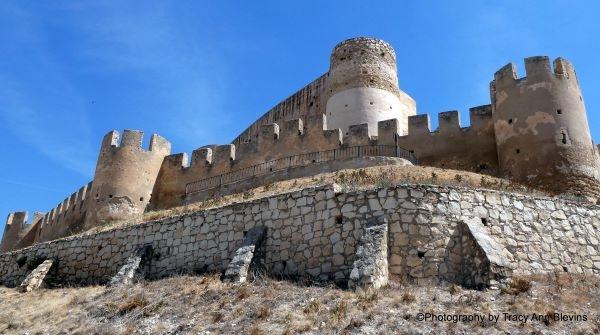
In February, 1245, King James I conquered Biar, after this historic event, the castle was used for defence purposes, monitoring the southern border of Valencia. Biar was a strategic point due to its location on the frontier between the kingdoms of Aragon and Castile.
Biar Castle was declared a national monument on June 4th, 1931.
All about Biar
The castle is in a good state of conservation, and comprises a double enclosure. The exterior, which follows the shape of the hill has four semi-cylindrical towers at the corners, all with battlements and arrow slits, there are only curtain walls to the south of the fortress as the northern side is protected by a sheer rockface. The interior also has three semi-cylindrical towers
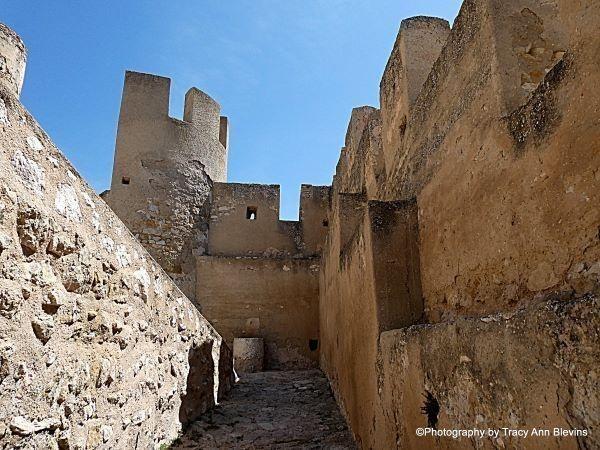
The castle you can see today is the result of many modifications made over the years.
The great Master or Homage tower is 19 meters high and is built with lime and sand mortar, square and consists of three floors, on the 1st floor is a Traditional Almohad ribbed vault, the only example of its kind in Spanish military architecture and considered the oldest, in Almohad style vaults.
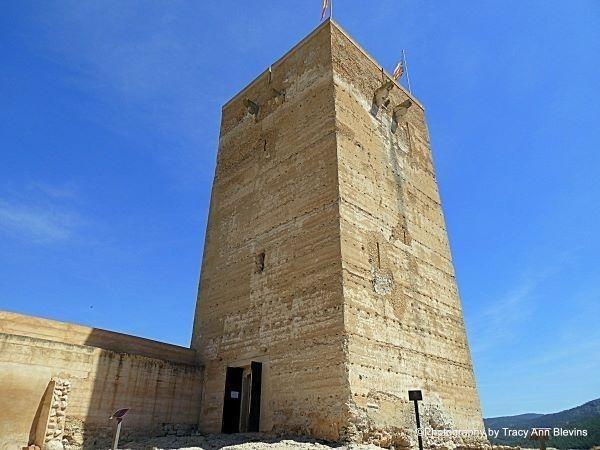
At the foot of the castle extends the medieval old barbican.
The castle gives you spectacular panoramic views over the remains of the town walls, Medieval towers the towns historic centre and the Vinalopo Valley.
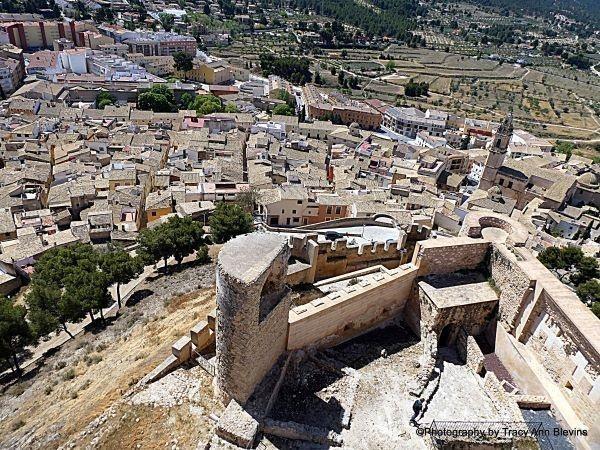
Opening times - from 10:15 - 13:45, entry 1€
It is quite a steep climb up the hill to the castle, from the car park, and some of the interior is quite uneven, so a good pair of flat shoes is recommended.
Driving down from the castle to Plaza del Ayuntamiento, you cross the old preserved and renovated town, full of fountains and stairs, this drive is not for the faint hearted.
Municipal Ethnographic Museum - 1 Calle Mayor, next to the Plaza de España
The building where the museum is located is from the nineteenth century, and its works and objects have been exhibited since 1999. It consists of more than 1000 pieces.
The Museum has three floors with an elevator so that disabled people can access the different floors..
Each section has a QR where there is a summary explanation of the most significant objects.
ADMISSION: 1€
All about Biar
Iglesia Parroquial de Nuestra Señora de la Asunción - Situated in the Plaza de la Constitución, this Renaissance Gothic church is dedicated to the Assumption of the Virgine and dates back to the 15th century and is defined by its plateresque door, baroque belltower and churrigueresque communion chapel.
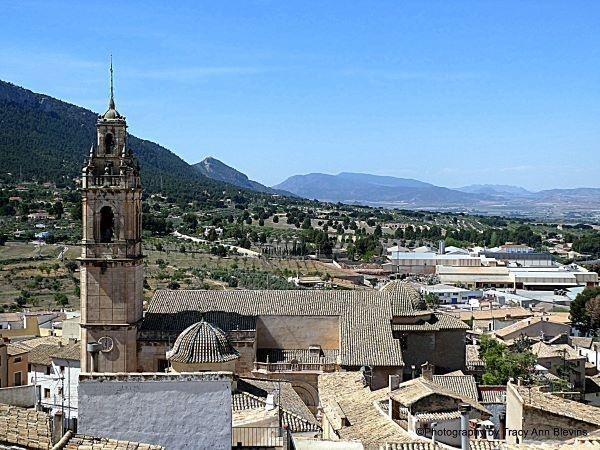
Santuario de Nuestra Señora de Gracia. Also known as Santuario de Biar, this incredible building is nestled in one of the most beautiful settings in the county, in the heart of Sierra Fontanella.
The Sanctuary consists of three naves, the central one covered with ribbed vaults, with stuccoes and fresco painting and the shields of Biar and Aragon.
Find fresco paintings of remarkable artistic value by Tomas Belando, (1757) the altar has a dressing room that forms its own, isolated space, where the image of the Virgin (the patron saint of the town) is kept.
Attached to the sanctuary is the hermit's house, and next to it the Hospedería that was for a few years the residence of the Franciscan Capuchins, a religious order that remained in Biar for 321 years.
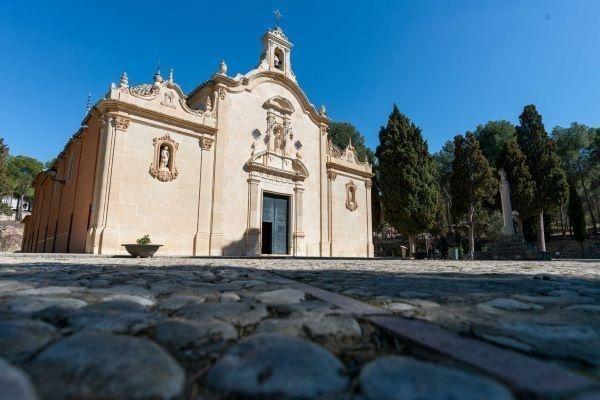
Acueducto Ojival - This a 70m-long aqueduct dating back to 1490 by Pere Compte, who was considered one of the best architects of the time. The waterway was used to carry irrigation water and aimed to save the Rambla dels Molins from overflooding.
The aqueduct is built forming three eyes: two of them, with pointed arches and the southernmost is a lowered semicircular arch.
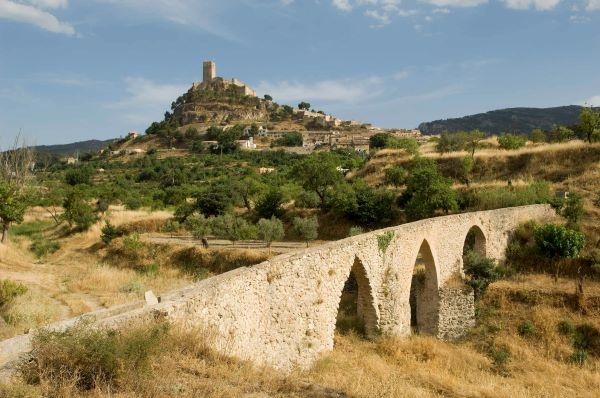
Recommended nearby places to Visit - Jijona.
Find lots of other places to visit on the Costa Blanca here.
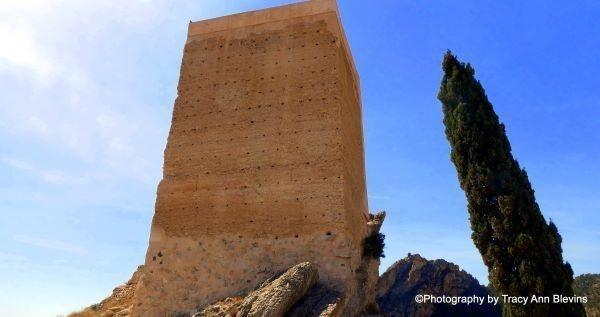
All about Jijona, Xixona
All about Jijona, Xixona - The town of Jijona or Xixona in Valencian is situated, inland on the Costa Blanca, just 24km from Alicante and 50km from Benidorm.
The town itself is famous for a type of soft nougat, known as Turrón de Jijona, (in Valencian Torró de Xixona). This is due to the large amount of almond farming that has existed since the Moorish farmers originally cultivated the almond trees. There are several factories producing turrón in Jijona, some of which are open to the public (see below).
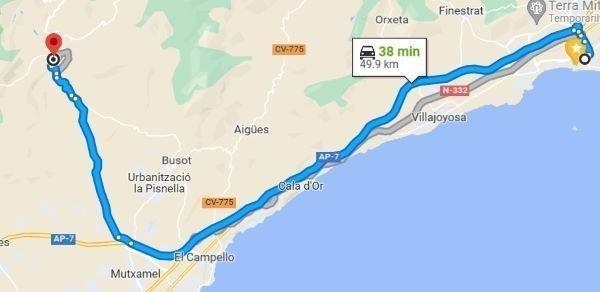
Things to do in Jijona
TURRÓN (NOUGAT) MUSEUM - Polígono Industrial Espartal II
Thia Turrón Museum is a private institution that belongs to the group Confectionary Holding (El Lobo, 1880, Doña Jimena and Imperial Toledana) and is dedicated to preserving the heritage that relates to the production of turrón and marzipan and shows how it relates to the local economy of Jijona throughout history.
The museum is spread across three floors.
Top floor: The ingredients (sugar, honey, almonds and eggs)
Middle floor: Processes (Jijona and Alicante turrones, marzipans)
Lower floor: How the product is marketed (points of sale, advertising, packaging, corporate and local history.
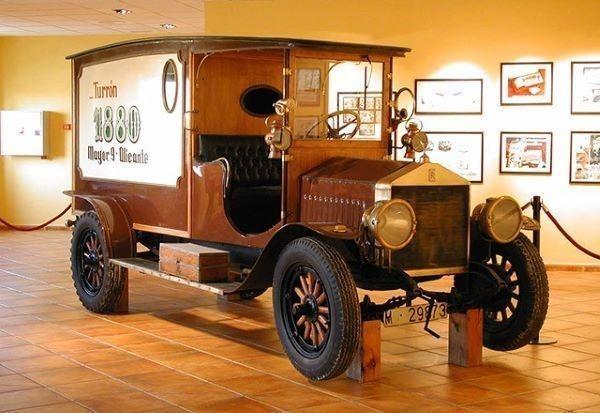
Visits include a guide and a tour around the modern production plant (during the production season. From July to November) where the manufacturing processes can be observed from a vantage point overlooking the factory floor.
The visit finishes in the shop, where visitors can taste the turrón and purchase products.
Opening times
Opening hours and prices (cash only)
Low Season (1st January – 15th July)
Normal rate (more than 18 years old): 1,50€
Reduced rate (students, seniors): 0,50€
Groups (more than 10 people): 15€
Guided tours:
Morning: 10:00 / 10:45 / 11:30 / 12:15 / 13:00 Afternoon: 16:00 / 16:45 / 17:30 Closed on Sundays and bank holidays
Easter time: open every day (including Easter Sunday) with extra tour at 18:15H
High Season (16th July – 31st December)
Normal rate (more than 18 years old): 3€
Reduced rate (students, seniors): 1€
Groups (more than 10 people): 30€
Guided tours:
Morning: 10:00 / 10:45 / 11:30 / 12:15 / 13:00 Afternoon: 15:30 (*) / 16:15 / 17:00 / 17:45 / 18:30 (*) 15:30 tour not available on weekend and holiday.
All about Jijona, Xixona
HOUSE AND TURRÓN (NOUGAT) FACTORY OF PRIMITIVO ROVIRA - 15 Avinguda Constitució
The House was founded in 1850 and is the oldest nougat factory in Jijona, the recipes have been preserved for six generations. The house façade is renowned for its decoration with modernist motifs of flowers and geometric shapes.
This was the first building purpose built to house a turrón factory (around 1900). The company, Turrones Primitivo Rovira is situated on the ground floor while on the first and second floors the owners’ homes can be found.
Opening times - this factory is only open form October to December, Monday to Friday from 08:00 to 13:00 and from 15:00 to 19:00
CASTILLO DE LA TORRE GROSSA-CASTLE OF THE GREAT TOWER
Torre Grossa castle was built by the Almohads between the late 12th and early 13th centuries. After it was seized by the Christians in the 13th century, the main building and castle wall were constructed. The fortress played a key role in defending the border of the Kingdom of Valencia. At its feet, the village of Jijona started to grow.
During the war of succession it served as a refuge for the population of Jijona, who supported Philip V. It was attacked by the Archduke Carlos’s troops (Austracistas) and almost completely destroyed. In 1708 Philip V conceded the castle to the people of Jijona by royal decree.
Throughout the Middle Ages the importance of the castle diminished and so to did repairs to it. The last major work on it was recorded in the 15th century and there were some further minor repairs undertaken in the 16th century.
Architecturally, the imposing fortress extends along almost the whole of the hilltop where it perches. There castle is defined by two fortified stone areas, dominated by the northern tower, Torre Grossa, an impressive defence tower, you can still see different parts of the walls and old defence towers around the perimeter of the castle..

Sadly the interior of the castle is closed to the public, but there is plenty of parking nearby and the views of the surrounding countryside and the town of Xixona below are beautiful.
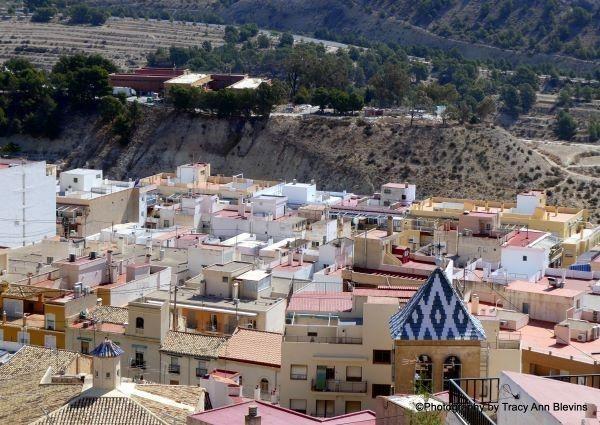
WATERING TROUGH OR SPOUT
This is situated on Calle del Vall named due to its position at the foot the medieval wall, in the moat (vall in valenciano). During the 18th century El Vall became the main street in Xixona where the ancient and noble families of the town had their houses.
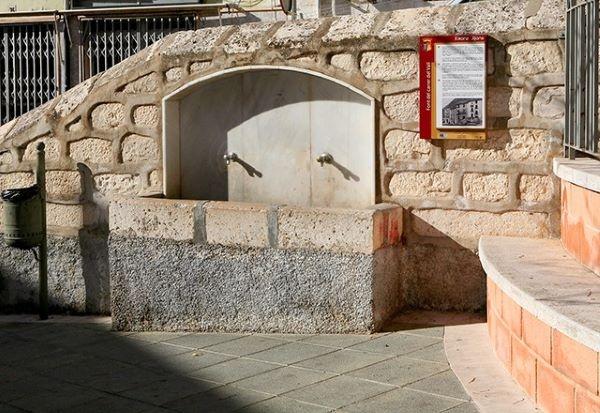
This watering trough can be found at the southern entrance to the town by the bridge and was used by travellers’ arriving from Alicante. a drinking fountain is now installed for public use.
FRANCISCAN CONVENT
Construction started in 1595 and continued throughout the 17th and 18th centuries. The religious settlement was made up of three elements: The Chapel of the Venerable Third Order, the church and the convent (demolished in 1974).
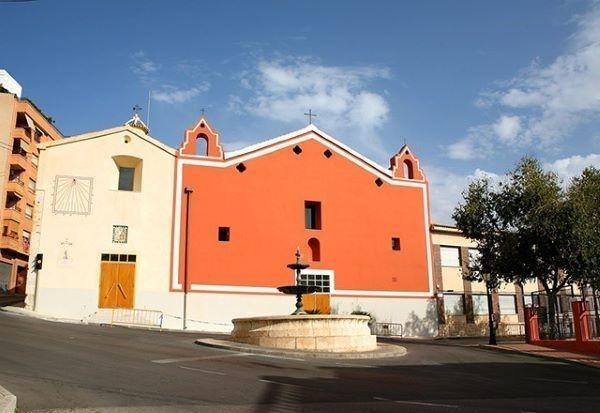
The old chapel was built between 1758 and 1762 in a neoclassical style and is unique in the province of Alicante in being the only example of chapel constructed as an independent church attached to the main temple of worship. It is the seat of the Municipal Archive in which the oldest document preserved dates back to 1350.
The temple was built around a single nave with flower and cherub motifs in a Baroque style. Nowadays it is known as the Little Theatre (El Teatret) and is used as an exhibition, concert and lecture hall.
MONERRIS-PLANELLES HOUSE -
Its construction dates from 1928, This is one of the most impressive buildings on Avinguda de la Constitució and the work of the architect Francisco Mora Berenguer, a descendant of a local family who spent his entire career with the city hall in Valencia.
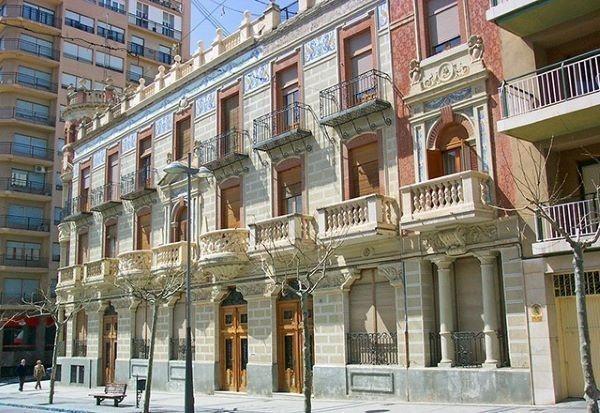
The cylindrical tower on the corner is notable but what really makes the building stand out is the modernist ornamentation: the tiled coronation frieze with griffins and wreaths, the brickwork in the openings, stone balustrades on the top of the building and first floor balconies, cast iron railings, columns, newels and many more decorative features.
All about Jijona, Xixona
HERMITAGE/ERMITA OF SAINT BARBARA
This can be found at the entrance to the town on the Alicante road, there is a path up to the chapel which is on the top of the hill, here are the remains of two prayer stations or shrines.
There is a single nave with a rectangular floor plan which finishes in a straight apse. There are no openings to the exterior. It has a gable roof.
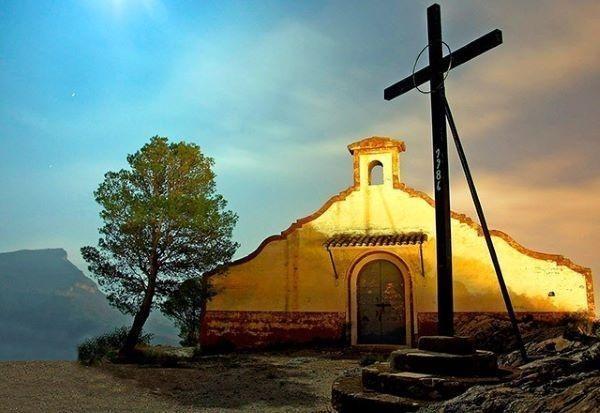
It faces south and its door to the north. On its eastern side the foundation is on rock close to a precipice of over 30 metres. Joined to the east side one finds the hermit’s refuge which is documented in notary records of 1448.
THE ARCHPRIESTLY CHURCH OF OUR LADY OF THE ASSUMPTION
Built between the end of the 16th century and the beginning of the 17th in the Renaissance style. The altar was redesigned at the end of the 18th century in accordance with the dictates of Baroque art but it was destroyed by fire in 1971. The artist Octavio Vicent was commissioned to make a new altar.
An interesting feature is the stone bell tower with its square base, crowned with an interesting roof of glazed tiles in green and white forming a rhomboid pattern.
The bell tower of this church has the third greatest number of Gothic bells (6) in the Valencian Community (Valencia Cathedral with nine bells, and Corpus Christi College, Valencia with 4 bells plus one more in the cloisters). Of the six bells in the tower, three are Gothic: María Auxiliadora (Our Lady of Perpetual Help) locally known as la Torta (1463), Saint Vicent or la Verda (1500) y la Triple Gótica (The Triple Gothic) or la dels Quarts (The quarters bell) (1500). They are among the oldest in the province.
Find lots more places to visit in this section of the website
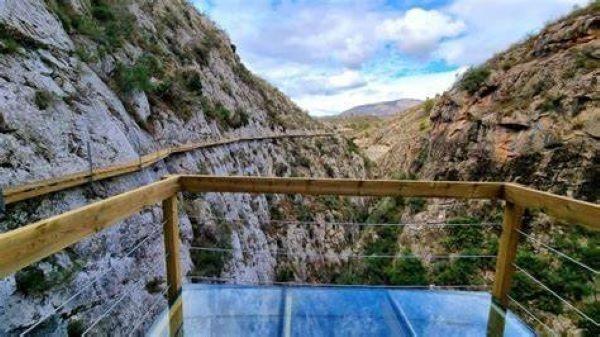
All about Relleu - The mountain village of Relleu, located approx. 25 minutes from Benidorm.
The name Relleu, means "relief" in Valencian, and this village is known for its unique position, nestled among the mountains. Cabeçó d’Or (1,209 m), Sierra de la Grana (1,095 m), El Aguilar (895 m) and the famous Puig Campana can also be seen in the distance.
The village itself, although quite small, is a maze of narrow streets, pretty stone houses and steep hills. Relleu is also well known for production of local olive oil.
Relleu has a long history, dating back at least four centuries, there was once a Iberian settlement in the parish boundaries, just outside today's village.
During Roman times it would probably have been part of the Roman administration of Villajoyosa, and some important Roman remains have been found, including the burial stone of Marcus Paccius who was a Roman Gladiator who apparently escaped and found himself in Relleu.
The town itself is overlooked by the ruins of an 11th century castle, built by the Moors and beautiful rolling hillsides full of almond and olive tree
Getting to Relleu
Due to its location you really need a car, drive along the CV-770 from Villajoyosa to Sella and then go left on the CV-775. The drive from Benidorm itself would take about 30 minutes. There is only one bus available, line 20 from Carrefour in Finestrat that goes there once a day.
Places to visit in Relleu.
If you love walking/hiking then a visit to the now famous Pasarela de Relleu is a must.
All about Relleu, Pasarela de Relleu, Camino del Pantano de Relleu
28th December 2023 - The new 150 metre section of the ravine walkway is now open for use. The total length of the walkway is now of 370 metres, (previously only 212 metres long).
The footbridge is a route made up of wooden planks cantilevered over the wall of the canyon, it is 370 metres long (one way), at the end you reach a glass floored viewing platform which sits at 60 metre above the canyon (not for the faint hearted).
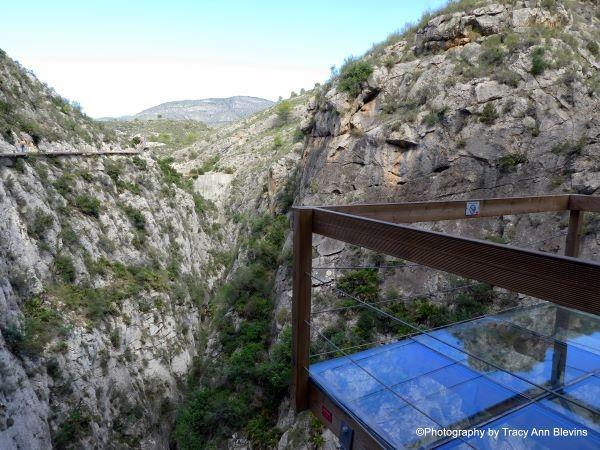
There are two tour options, (walking time from the car park to the footbridge) - Route A,, approximately 1 hour 15 minutes 4.8 km (one way), or Route B - 1,5 km, approximately 25 minutes walk.
Route (A) of the Camino del Pantano de Relleu starts at the information panel next to the town hall. The route is signposted with green and white markings and with waymarking posts.
This route takes you to one of Relleu's best kept treasures: the 17th century reservoir, part of the route follows an old bridle path, the Camí de les Ripalmes or Camí del Fasamais.
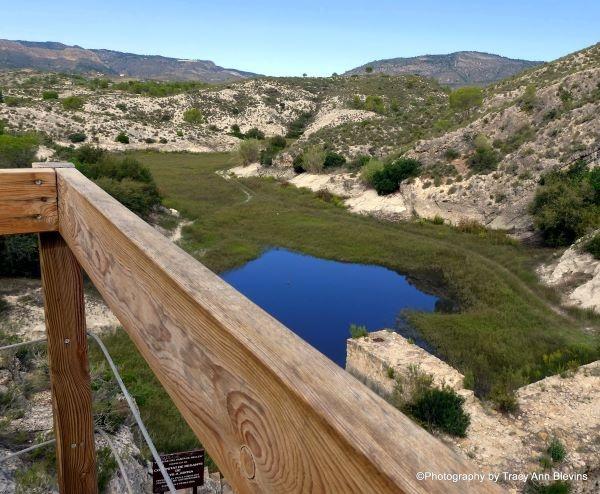
Along the route you will also find a lime kiln, old irrigation ponds, dams and irrigation ditches.
Route B - Drive to Relleu from La Vila Joiosa on the CV-770, then follow signs onto the CV-775, dont go through to the centre of the village but turn left just at the entrance at the sigen circumval lacio, then turn left at the sign for Vinyes, Margelets, Ripalmes, (Cam Amadorio) follow this road downhill for about 3 kilometers, until you see a tourist information board, this marks the start of the walk.
Start walking from the information board, following the coloured stones that mark the way to the payment booth and the entrance to the skywalk.
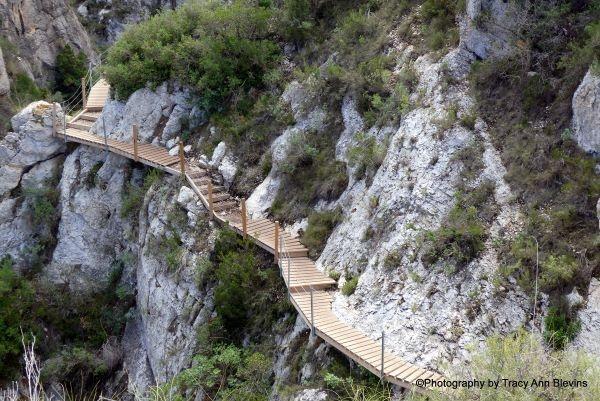
Brochure of the route in 3 languages available in this link (PDF): Ruta del Pantà Brochure.
If you would feel happier doing this as a guided walk, contact the Famous Down Hill Bike Ride Their next trip here is 27th April and it includes transport to and from Benidorm.
Tickets
Tickets can be purchased from the staff at the entrance gate of the footbridge (wooden house),
Payment can be made by cash or card at the entry point of the footbridge, you can only reserve the ticket by phone, the tickets will soon be available online.
You can book by calling +34 865 759 650 or +34 613 033 336 during the following hours: Monday to Sunday to from 9.00 to 17,15
Price: 2,50 € for over 11 years old. 1,50 € for people 65 years of age or older and children up to 11 years of age (inclusive). Free admission for registered residents of Relleu (with proof of address).
Mandatory rules of use for access to the Relleu Dam Footbridge.
It is necessary to buy a ticket to access the facility. Preference for entry is given to people who have a prior reservation. If you come to the walkway without a reservation, you must respect your turn to enter.
Children must be accompanied by a responsible adult, next to the wall and under their supervision.
It is possible to do the footbridge route with babies as long as they are in baby carriers and always under the responsibility of the parents (for security reasons it is not allowed to carry babies in your arms or in a pram).
It is essential to wear suitable footwear for the mountain environment. It is not allowed to wear high heels, flip-flops or sandals and the like due to the characteristics of the walkway.
Walking poles are not allowed on the footbridge.
Avoid littering, shouting and playing music. We are in a natural environment that we must take care of.
Users will respect the equipment of the facility.
Do the route without rushing, avoid running.
You may not eat or drink on the footbridge facilities.
Access is only on foot, bicycles, motorbikes, scooters, etc. are not allowed.
We recommend you check the weather forecast for the day of your visit.
In the event of rain, storms or adverse weather conditions, the facility may be closed for safety reasons.
It is forbidden to light fires or smoke any kind of substance.
Access and/or remain in the facility on days and times of closure or closure.
Ayuntamiento (Town Hall) car park (route option A). Just in front of Relleu Town Hall, about 5 km from the footbridge of the Relleu dam.
Carrer Evarist Manero Molla (Evarist Manero Molla Street) car park (route option A). At the entrance to Relleu if you come from Aigües, about 5 km from the footbridge of the Relleu dam.
Polideportivo (sports centre) car park (route option A) Inside the sports centre, accessed by a slope from the CV 775. About 5 km from the Relleu dam footbridge.
Access near the Relleu reservoir dam (route option B) 1,8 km from the footbridge of the Relleu dam. There is no car park as such but for people who can't walk very far there is space for 5-10 cars, from here it takes about 20 minutes (1,5 km) to get to the footbridge of the Relleu dam.
There is a picnic area where motorhomes and campers can spend the night, this is located Calle del Molí, near the Municipal swimming pool.
Alll about Relleu, other places to visit
There are some good monuments worth visiting, such as the parish church of San Jaime, two defensive towers: Casa Balde and La Vallonga, the agricultural hacienda La Garrofera and the Hermitage of Sant Albert. The Municipal Ethnological Museum, the Plaza of the Sacred Heart of Jesus in the centre of the village, which serves as a meeting place for locals are also well worth visiting.
San Jaime Apóstol church
This is connected to Mare de Déu del Miracle chapel, which celebrates the patron saint of the village.
This church was first built in the 17th century on the site of a Moorish cemetery. It was demolished in the 19th century then re-built by 1931, 5 years later it was burned during the Civil War.
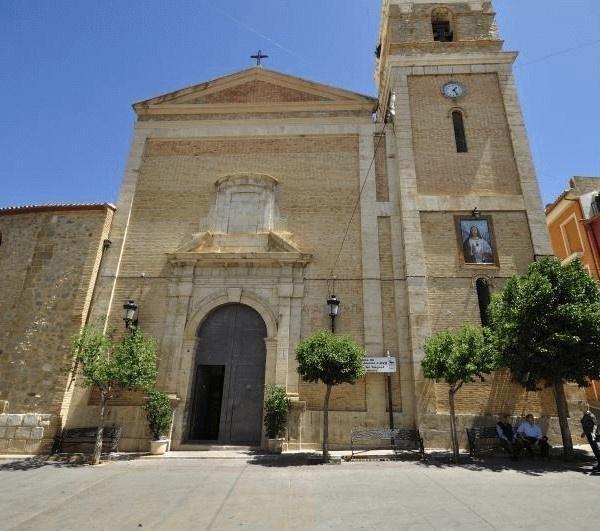
The three church bells which date from 1790 - 1873 are famous, as they are the oldest in the province. During the Civil War the bells were nearly taken away by the militia. If it wasn't for the Mayor of the time, Don Francisco Carbonell i Clement, who refused to hand over the bells, they would have been lost forever.
Museo de Relleu - The Museum is in the old town hall which was designed during the reign of Carlos III and built in 1793, located just off Calle del Ajuntament. This museum shows a fascinating trip to the past, where you can learn about the customs that were carried out not only in different trades but also in the homes of most Spaniards.
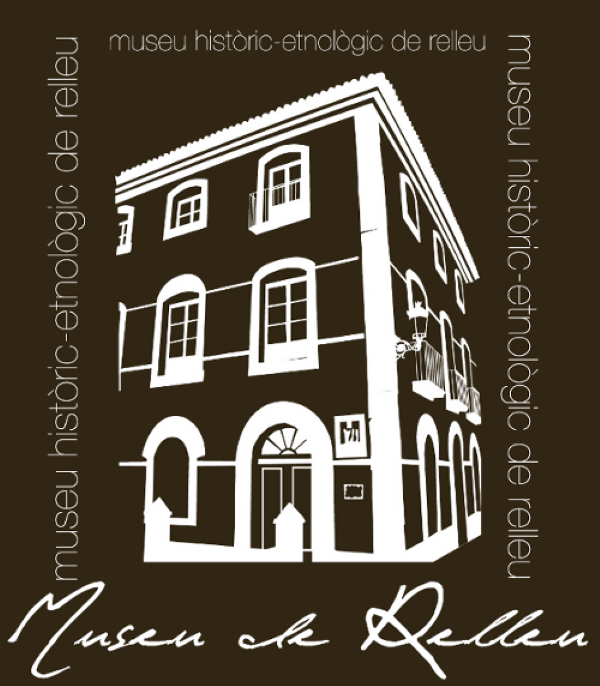
Find out about the history and evolution of the town itself, and see remains of skeletons, tools, flint, and ancient arrowheads on display and various musical instruments and music books.
If you have any questions about price and reservation for visits call the Town Hall (966 856 041) or the Museum (645 128 315)
All about Relleu, Sant Albert chapel - This is located on one of the hills near the town centre, and is accessible via Calvari street. The climb includes the Stations of the Cross and provides some of the best views of Relleu and the surrounding area.
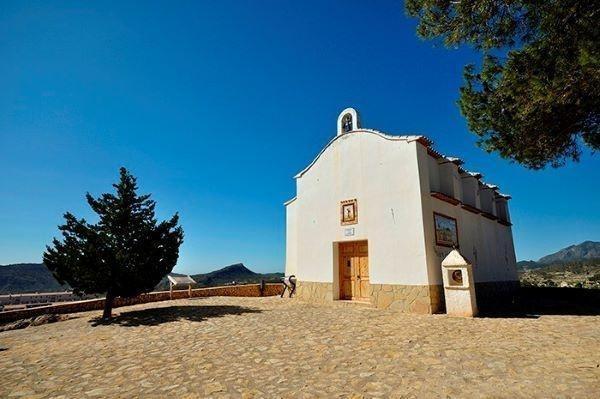
Although the exact age is unknown, based on documentary evidence it is thought to have been built around 1710 as a tribute to the local patron saint, a pilgrimage is celebrated every year around 7th of August.
Torre de les Cases Balde - This is of Cultural Interest and was built before the seventeenth century, it is located in an old farmhouse and once acted as a defence tower for town locals against attacks and raids from the Barbary pirates of North Africa that once ravaged the area.
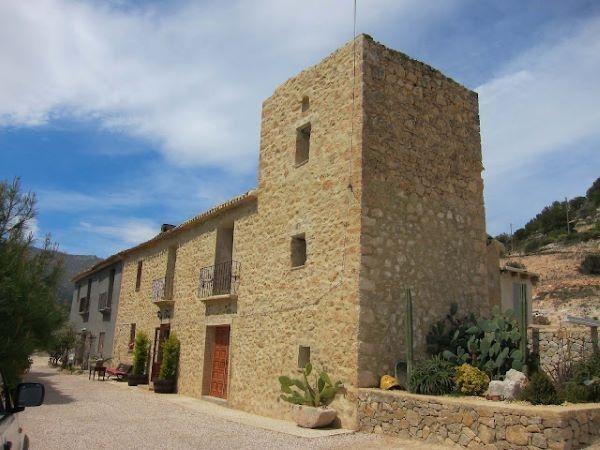
All about Relleu Where to Park in Relleu
In Relleu there are several free car parks, weekends and public holidays tend to be busier. You can also park in the streets of Relleu where permitted, check street markings and signs.
All about Relleu - Local Fiestas
January - La Matança. (slaughter). Is celebrated on the day of St. Anthony (closest weekend to Jan 17th) in memory of the date when, historically the locals slaughtered their pigs. At the end of the ceremony the public are invited to taste the meat, all accompanied by the town band.
April - The Mare de Déu del Miracle. In 1710 there was a severe drought with crops failing and many of the animals died. The men of Relleu, who never went to church, all agreed to attend services and pray for rain. Their prayers were answered and the drought ended. April 11 commemorates the miracle of the Mare de Déu del Miracle (Mother of God of the Miracle) with flowers, revetla (dancing outdoors at night) and processions.
August - Saint Albert Celebrated over 5 days closest to August 7th. The fiesta includes a pilgrimage to the shrine, parades, competitions and games.
September - The last weekend of September sees a five day fiesta in honour of the Virgin of Miracles and Saints Casme and Damian.
Have you visited Relleu? Comment and post photos in comments below.





